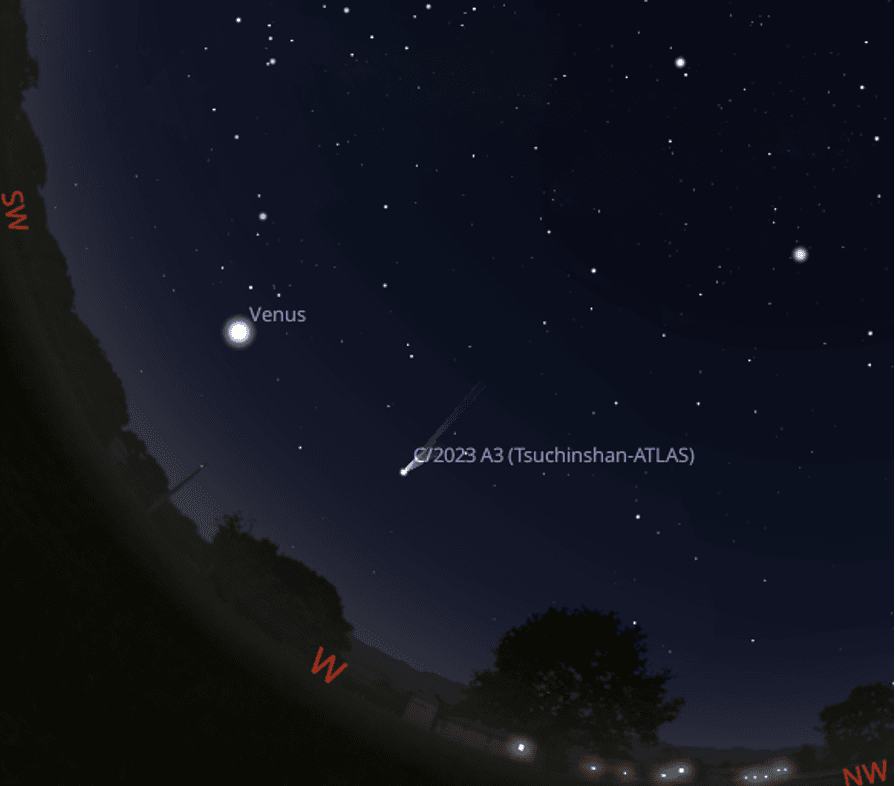
Filipino astronomy enthusiasts have much to look forward to this October.
In its astronomical diary for October, the Philippine Atmospheric, Geophysical and Astronomical Services Administration (PAGASA) said the night sky will light up with celestial events, including the close approach of Comet C/2023 A3 (Tsuchinshan-ATLAS) and two meteor showers.
On Oct. 12, Comet C/2023 A3 will make its closest approach to Earth, coming within 0.46 astronomical units (AU) in the Virgo constellation, PAGASA said.
Although it will not be visible from Manila during its closest approach, it will become observable later in the month, it added.
In addition to Comet C/2023 A3, the Southern Taurid meteor shower will peak on Oct. 10.
From 6:37 p.m. until dawn, around 5:22 a.m., observers can witness meteors radiating from the constellation Cetus, with the best visibility occurring around 1 a.m., PAGASA said.
The first quarter Moon will set by 11:16 p.m., ensuring a dark sky for optimal viewing, it added.
Another celestial display this month is the Orionids meteor shower, which will be active from Oct. 2 to Nov. 7, reaching its peak around Oct. 22.
PAGASA said this shower is produced by Comet 1P/Halley. Observers can begin spotting meteors as early as 9:57 p.m. each night.
The radiant will be highest at around 4 a.m., offering a chance to see up to 15 meteors per hour.
The showers will remain active until just before sunrise around 5:24 a.m., it added.
PAGASA said meteor showers are observable with the naked eye, requiring no special equipment like telescopes or binoculars.
To maximize the viewing experience, it is recommended to choose a dark observation site away from city lights and to seek clear, moonless sky conditions.